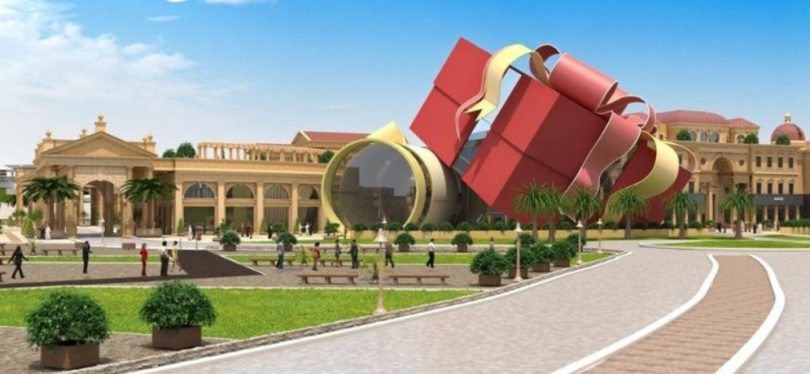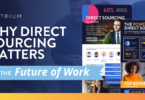
aNewDomain — As a Middle East novice, I’ve always thought of Saudi Arabia and Kuwait as rich. What I didn’t realize is that Qatar is richer — not just in terms of wealth (which it is), but also in terms of opportunity.
This was clear by the time I left Doha, Qatar, recently. I’d been working with the researchers and entrepreneurs of the Qatar Science and Technology Park (QSTP) Research To Startup program in Doha.
The program is the first of its kind in Qatar, which is why Wasabi Ventures Global decided to bring 20 entrepreneurs from around the world, mix them with Qatar-local entrepreneurs, and sit down with the 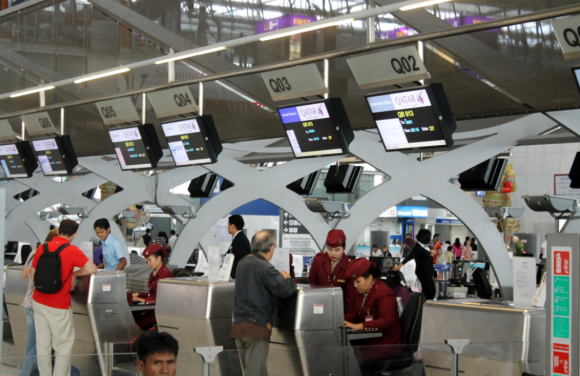 researchers of the Qatar Computer Research Institute (QCRI).
researchers of the Qatar Computer Research Institute (QCRI).
The point was to decide whether they wanted to build companies to commercialize QCRI technologies.
What I left with, though, was much more.
Oil, tech and insight
Qatar’s per-capital GDP is nearly triple that of Kuwait and nearly quadruple that of Saudi Arabia. It has incredible oil supplies, which is of course the reason for its status as the globe’s wealthiest nation.
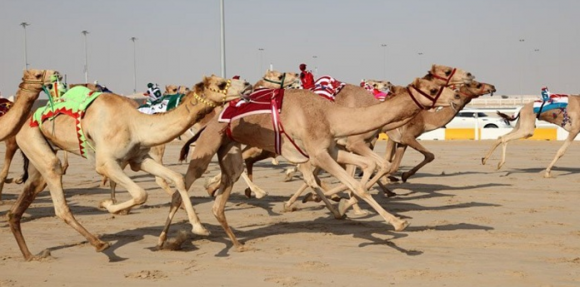 Now add in the fact that fully 90 percent of Qatar’s population consists of expatriates. These expats typically fall into two buckets: low paid construction workers and professionals who work in the service industry.
Now add in the fact that fully 90 percent of Qatar’s population consists of expatriates. These expats typically fall into two buckets: low paid construction workers and professionals who work in the service industry.
Not surprisingly, the GDP per Qatari citizen is a mind-blowing $750,000 per year.
The government isn’t cheap with all those riches, either. It distributes this largesse like a benevolent patriarch.
Qataris get cushy, well-paid jobs, cheap housing loans, free utilities and massive cash gifts for getting married and having children.
The people in Qatar, I should add, are super warm and welcoming. This was true of everyone we interacted with there, from the QSTP staff to the various VIPs who attended the various proceedings. I was even invited to visit a number of people’s homes.
I was impressed with the hospitable nature of this populace, which is a quality that makes it easy to want to work, invest and do business there.
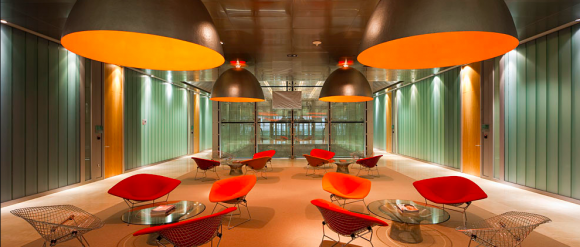 Oil, information and a bet for the ages
Oil, information and a bet for the ages
Qatar’s leadership realizes, of course, that the oil and gas which have provided the country’s wealth are finite and non-renewable. The free fall in oil prices over the last few years have hammered that fact home to any remaining doubters.
But get this: Despite a 20 percent drop in the GDP from those falling oil prices, Qatar has maintained its status as the richest country in the world. That’s just remarkable.
This is partially due to the fact that Qatar is investing heavily in an attempt to transform itself from an oil economy into a knowledge-based ones.
This plan is working. Consider that the QSTP cost some $800 million to build; the Qatar National Research Fund (QNRF) which funds institutes like the QCRI, dispenses some $100 million per year in grants.
Moving forward, the strategic challenge is for Qatar to use its current wealth to build an asset base that will allow it to maintain a high quality of life in a post-carbon wo rld.
rld.
In many ways, the simplest approach would simply be to build an enormous sovereign wealth fund; Qatar is in fact doing this: The Qatar Investment Authority (QIA) now owns $335 billion in assets around the world.
That translates into well over $1 million in assets for each Qatari citizen! That’s double Qatar’s GDP.
However, in order to provide complete current income replacement at the standard four percent withdrawal rate that most foundations use, the QIA would need an endowment of 25X Qatar’s current GDP, or roughly $4 trillion.
The risks, the payoff
Qatar’s bet on transforming itself into a knowledge-based economy is that investing in human capital will deliver better long-term returns than simply investing in financial capital.
This is a real challenge And it i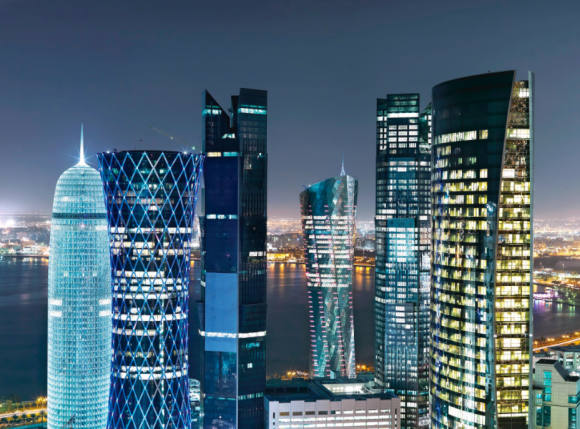 s riskier than simply building up the QIA would be.
s riskier than simply building up the QIA would be.
Then again, it’s a decision that offers a much bigger payoff, and not just in terms of money, either, but in terms of human happiness.
QSTP managing director Maher Hakim has a vision for Qatar, and sparking an Arab renaissance is at the center of it.
This all harkens back to the Islamic Golden Age, of course, when the Muslim world led the globe in science and technology.
It’s a bold vision, and a romantic one. It’s also shrewd: Not only will this effort inevitably generate wealth, it will also offer hope and purpose to the young people of the Muslim world.
Qatar’s current wealth can provide luxury to its citizens, but it cannot provide meaning. Meaning must be earned, not given. Qatari leadership gets this key distinction.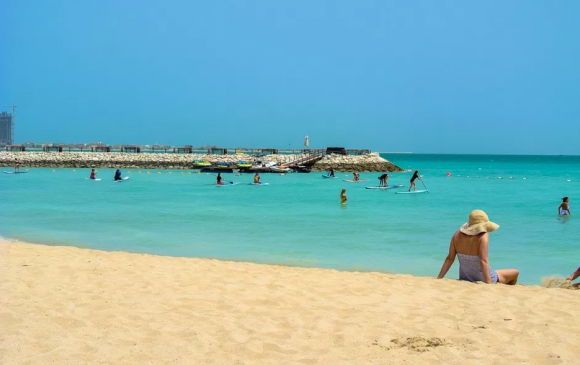
Culture, beaches, adventures: What more do you need?
The first thing you notice when you visit is that Doha is full of interesting attractions. Despite a busy schedule, I managed to sneak away to visit the Museum of Islamic Art. I even wandered the markets of Souq Waqif. Sadly, because of a commitment back home in the Bay Area, I wasn’t able to attend the final day of the program, where the combined Silicon Valley and Doha teams got to ride camels, fly falcons and hang out on Doha’s gorgeous beaches.
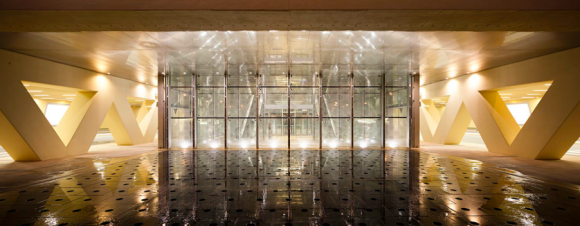 The road to this remarkable vision is a challenging one for a lot of reasons.
The road to this remarkable vision is a challenging one for a lot of reasons.
An “Edifice Complex”
The so-called “edifice complex” in Qatar is very real: The buildings in the QSTP were magnificent, but they also operate at a fraction of full capacity.
This is understandable, of course. Institutions everywhere are by nature rigid and resistant to change.
This explains the two running jokes I kept hearing on the trip.
One was that the security gates never worked.
The second was about the omelets. The cafeteria in our residence refused to serve them to us. Why? Because they were, they said, “reserved for the students.”
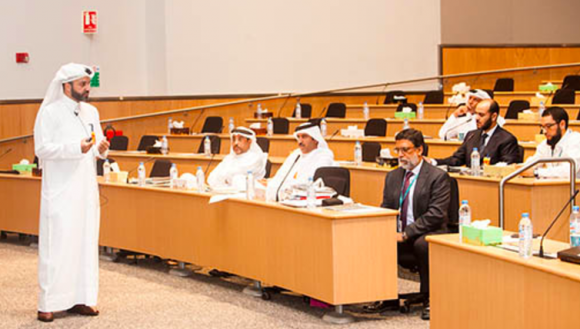 Workers live in fear of being fired, you see. Getting fired would force them to leave Qatar almost immediately. (Lots of young readers living in the San Francisco Bay Area will identify with that one.)
Workers live in fear of being fired, you see. Getting fired would force them to leave Qatar almost immediately. (Lots of young readers living in the San Francisco Bay Area will identify with that one.)
And yes, though Qatar has managed to remain the world’s wealthiest nation despite the bottoming out of oil prices, those prices for sure have impacted the economy. This was evident to us all along. For instance, a number of the high-end restaurants we visited were nearly empty.
Empty, too, was the student center in Education City. An American student getting his masters told me that while things were emptier than usual thanks to recent exams, the facilities still don’t get close to being crowded lately.
Still, I sensed plenty of excitement on the part of the QSTP and QCRI staff, Qatari and ex-pat alike, and the markets of Souq Waqif were bustling with natives and tourists. I even got the chance to mentor some local entrepreneurs, and they every bit as energetic and optimistic as the young people of Silicon Valley.
The tempting part …
Many of the leaders in Qatar realize the need for change; for example, the QSTP is a “free zone” where businesses can be 100 percent foreign-owned and tax free. I have to admit I found the idea of setting up my own entity there pretty tempting.
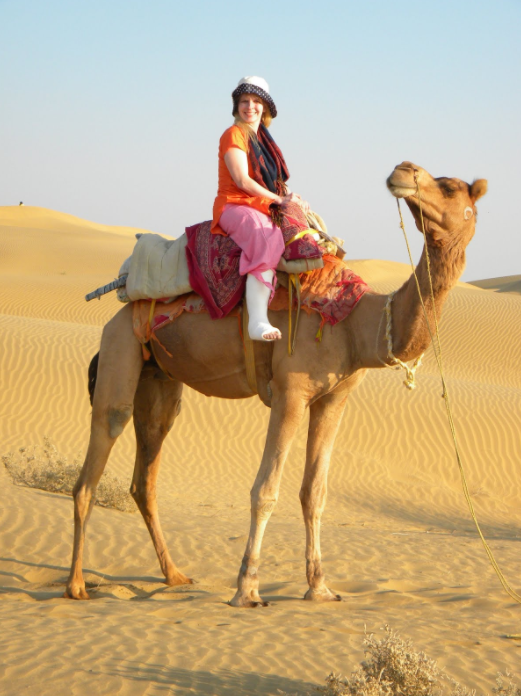 Also, Qatar is starting to increase the number of non-Qataris it accepts as citizens. True, most of these these lucky folks are soccer stars, but that won’t always be the case if things continue the way they are going now.
Also, Qatar is starting to increase the number of non-Qataris it accepts as citizens. True, most of these these lucky folks are soccer stars, but that won’t always be the case if things continue the way they are going now.
Open sesame
If Qatar opens itself up, and allows a thriving community to develop, it could see its vision of a knowledge-based economy become a reality.
Not only does it have immense carbon wealth to fund investment, it also has a central location and premier airport that makes it a crossroads of Europe, Africa, the Middle East, and Asia.
Will it become the next Silicon Valley? Perhaps not, and that might be the wrong question. Does it stand a chance to become the center of the information-based Arab renaissance its leaders presciently envision? Yes.
That is why I’m excited to see what comes next, and why I aim to play at least some small part in this story.
For aNewDomain, I’m Chris Yeh.
Ed: Chris Yeh would like to thank to QSTP’s Dr. Hakim and his staff, Wasabi business partner Jeff Abbott, the programs researchers and entrepreneurs, and his fellow mentors: Tim Taylor, Katherine Glassey and Scott Johnson. A version of this story originally ran on Chris’ blog, Adventures in Capitalism. Read it here.

